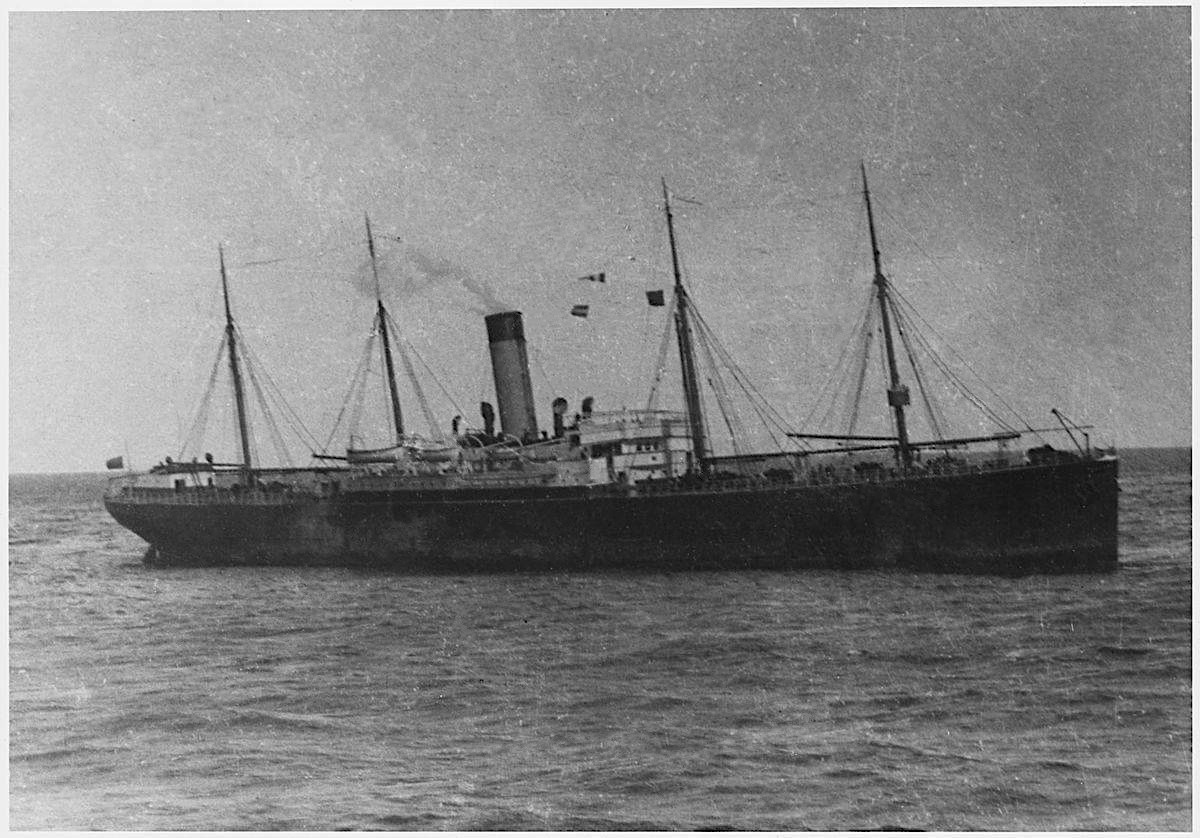The SS Californian, infamous as the ‘Ship Who Watched Titanic Sink,’ has left a lasting stain on the memory of the Titanic tragedy. Positioned just six miles north of the sinking ship, the Californian could have potentially reached the Titanic in time to offer aid. However, it did not respond to the distress signals, prompting questions that echo through history.
At the helm of the Californian that fateful night, Captain Stanley Lord faced severe scrutiny and condemnation for his perceived inaction. American and British inquiries into the sinking castigated Lord’s conduct as unprofessional and negligent. Despite escaping formal charges, public opinion condemned him, ruining his career and personal life.
Various theories attempt to explain the Californian’s failure to assist the Titanic. One possibility is the presence of a mystery ship on the horizon, which passengers may have mistaken for the Californian. Concerns about navigating through icebergs and growlers in the dark could have deterred the Californian’s crew from rendering aid. Moreover, the captain’s disposition or reluctance to intervene may have affected the ship’s non-response.
Background
On April 5, 1912, the SS Californian started on its journey toward Boston, Massachusetts, a few days ahead of the Titanic’s departure. Notably, the Californian carried no passengers during this voyage.

As fate would have it, the Californian found itself in close proximity to the ill-fated Titanic on that fateful night. Encountering a vast ice field, the crew of the Californian made the prudent decision to halt their ship until morning, prioritizing safety.
Meanwhile, Cyril Furmstone Evans, the radio operator aboard the Californian, attempted to warn the Titanic’s crew about the presence of scattered icebergs in the area. However, the Titanic’s wireless operator, Jack Phillips, was preoccupied with clearing a backlog of messages from passengers at Cape Race, Newfoundland, located 800 miles away.
Regrettably, Evans’ crucial message about the Californian’s halted status and the nearby icebergs interfered with a separate message Phillips was receiving from Cape Race. Frustrated, Phillips rebuked Evans, instructing him to be silent as he was occupied with his duties. Unfortunately, Phillips failed to relay Evans’ warning to the Titanic’s bridge.
In defense of his actions, Evans had not prefaced his message with the customary “MSG,” indicating it was intended for the bridge. This miscommunication, compounded by the chaotic circumstances of the night, contributed to the tragic events that unfolded, forever linking the SS Californian to the Titanic disaster.
Avid Writer with invaluable knowledge of Humanity!
Upcoming historian with over 30 million views online.
“You make your own life.”





